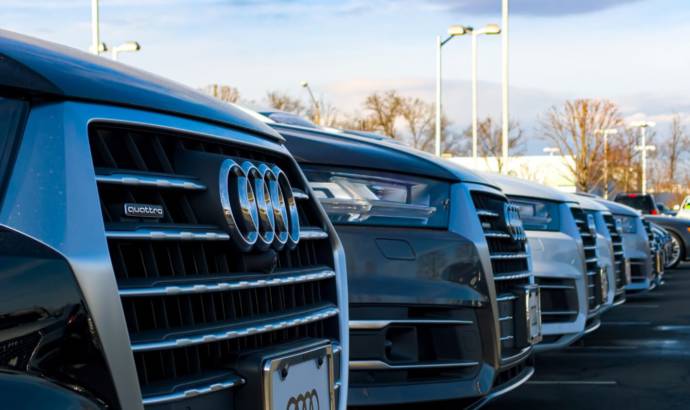Buying a second-hand car is a great way to save on the actual value of a car. Instead of paying for a brand new car that will immediately depreciate in value, you pay less for a used car that may still be in excellent shape. However, that does not mean buying a used car is necessarily cheaper in the long term.
There are actually benefits to driving a new car that you buy straight from the dealer. Do these financial benefits outweigh the drawbacks? Let’s take a closer look.
Financial Benefits
Warranties and service plans
You can get warranties and service plans from used car dealers. However, the older the car, the less likely you are to get plans that are actually financially savvy. When you buy a new car, on the other hand, your warranty and service plan come standard. Instead of having to pay every time something breaks, your warranty may cover it. And instead of paying third parties for expensive services, you get your services included by the car manufacturer.
Gas usage
One of the major expenses of driving a traditional or even hybrid car is gas usage. With gas prices rising fairly frequently, a full tank is getting more expensive. New cars are more fuel efficient than old cars. The difference will, of course, be minimal if you find a used car available from the past year or so with low mileage.
Repairs
Repairing a new car is generally cheaper than repairing a used one, as the issues that arise are likely isolated. Used cars can cost more to repair as you find one problem leading to another. Furthermore, getting parts for older cars may be more difficult for your service provider and may cost more to arrange.
Carbon emissions
New cars are also built with the environment in mind. They emit fewer carbon emissions. This may not seem like it will impact you financially, but you actually get tax benefits for driving cars that are better for the environment. These benefits are particularly significant for drivers of hybrid or electric cars.
While these financial benefits are all attractive, how do they stack up against the drawbacks?
The Drawbacks
Insurance
The price of insurance for a new car is going to be higher for a number of reasons. The clearest starting point is the value of the new car. It is well-known that the value of a new car depreciates immediately. As such, the original price of the car that you are insuring is higher than the actual cost of your car. Insuring the value of a car a few years older is necessarily cheaper.
Furthermore, when you are financing the entire price of a new car, you will owe more than the car’s value as soon as you drive it off the lot. If you have an accident in the first year or so, your insurance may not cover as much as you actually owe. This leads to the need for gap insurance, which is an extra expense.
Insurance is not as much cheaper for used cars as you might think, as there are higher risk factors associated with used cars, especially if they come with subpar safety features.
Interest
Another drawback to driving a new car is that you can almost certainly not pay for it upfront. Unless you have tens of thousands of dollars available in savings, you will be paying off your car for the next five years. By the time you pay it off, you will have paid far more than the original value.
Used cars can be much cheaper, even if they are in good condition. For a few thousand dollars, you can get some excellent used cars from the past few years. Because the price of used cars is a matter of supply and demand, there is no set standard. For this reason, you may find cars that are way overpriced or some incredible bargains. If you can pay in cash, you save a lot of money on monthly interest payments.
Driving a new car comes with its financial benefits, but used cars can be great bargains. Before making a final decision, look at what is available in your area.
Source: Guest


